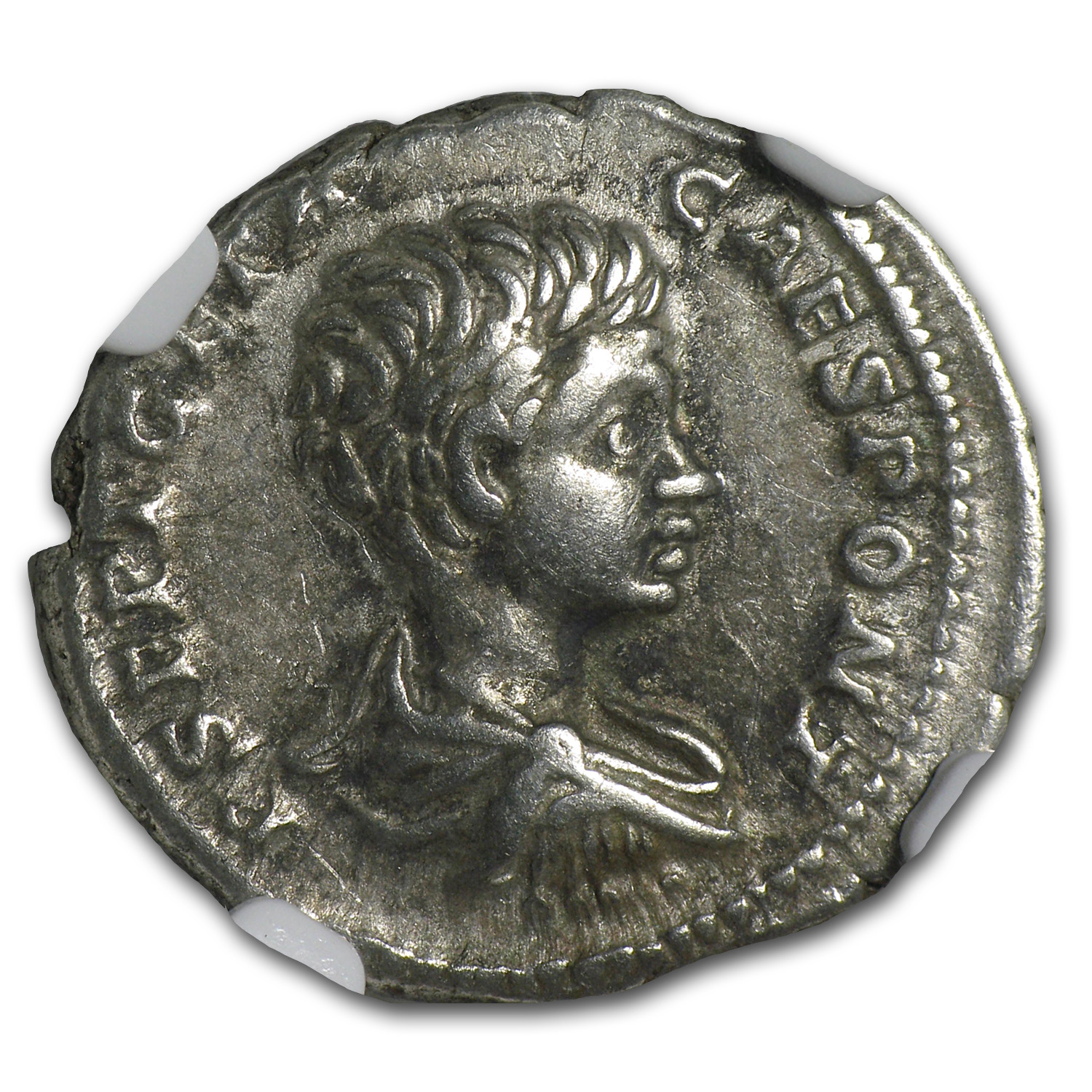
Matthew 20:10 N-ANS GRK: NAS: of them also received a denarius. Read more about the History Hoard Promise. Matthew 20:9 N-ANS GRK: NAS: each one received a denarius. History Hoard relics are guaranteed authentic and have a 100% money back policy.
#A DENARIUS CODE#
Purchase this coin of Julia Domna and a denarius of her husband Emperor Septimius Severus to receive a 10% discount! Use the code "SEVERUS" at checkout.
-Y1sKbzbiZn8AAAFLIvejlsx0.jpg)

The tree, which, despite the thorny twigs welcomes three birds, symbolizing the ficus ruminalis under which the waters deposed the cradle with the twins. This specimen, issued in Rome in 137 BC, shows on the obverse the head of Rome and on the reverse the shepherd Faustulus discovering Romulus and Remus being suckled by a she-wolf. As it turns out, this force is still in play when it comes to modern forms of currency that are out of print, or otherwise difficult to find. Time has increased the value of the coin. Then began to appear new types, both in obverse and reverse: gods, mythological characters, monuments, historical and religious scenes. Authentic versions of this coin can’t be found in today’s world. At the beginning of its issuance, the obverse of the denarius featured the helmeted head of Roma, and the reverse the Dioscuri on horseback. It became the most common coin produced for circulation, widespread both in Rome and in the territories under Roman rule. This group includes about one hundred Roman medallions issued for commemorative purposes, and about one hundred Contorniates, medallions issued by the mints of Rome and Constantinople between the second half of the 4th century and the first half of the 5th century AD More infoĪccording to tradition, in 269-268 BC appears the first silver coin issued by the mint of Rome, the denarius, which was coined until the third century.

#A DENARIUS SERIES#
The series from the imperial age is equally significant from a historical and numismatic standpoint. The section on republican denarii is especially rich, bearing witness to the extraordinary iconographic variety distinctive of this coinage. They are minted by the Legion from scavenged silver and gold, with each coin bearing the profile of Caesar. Caesars Legion uses two forms of currency which were also used in Roman times. The collection, which is extremely important in terms of the number, quality and rarity of the pieces, documents the various phases of Roman coinage from the origins to the late empire. The Legion Denarius is a miscellaneous item that appears in Fallout: New Vegas. The museum boasts a large number of Roman coins from the republican and imperial periods: of the 25,000 pieces, more than half are from the Palagi Collection.


 0 kommentar(er)
0 kommentar(er)
